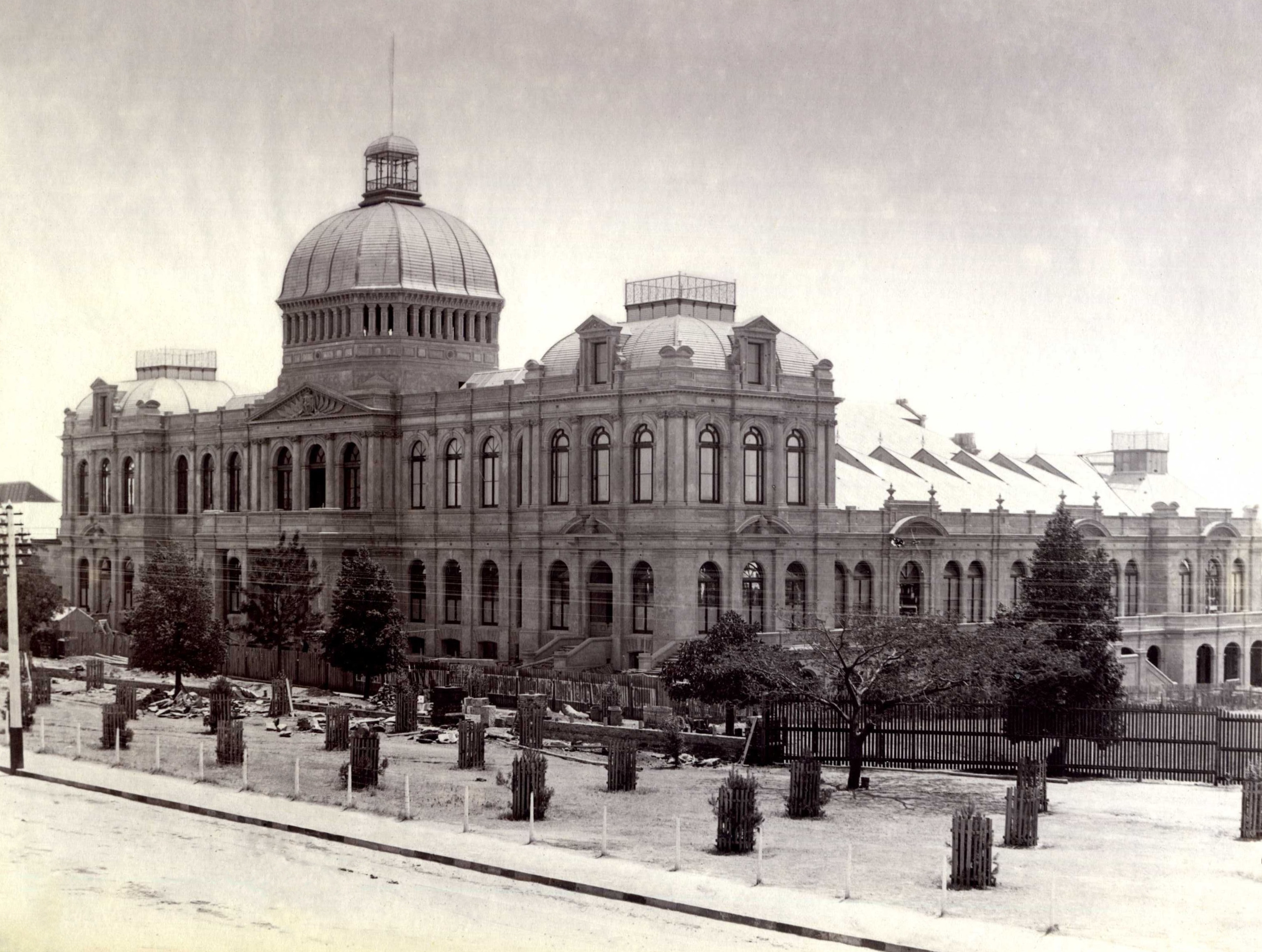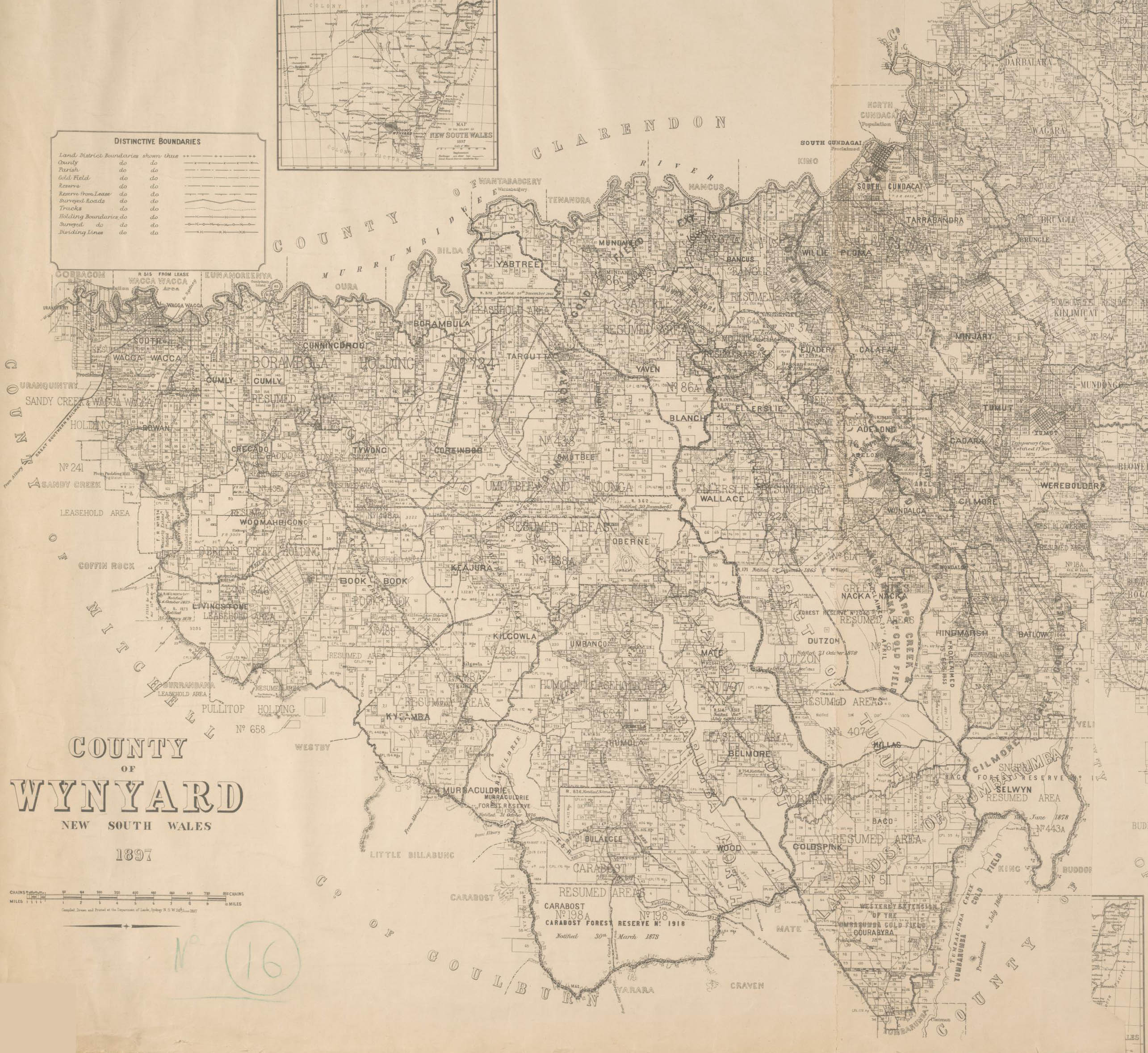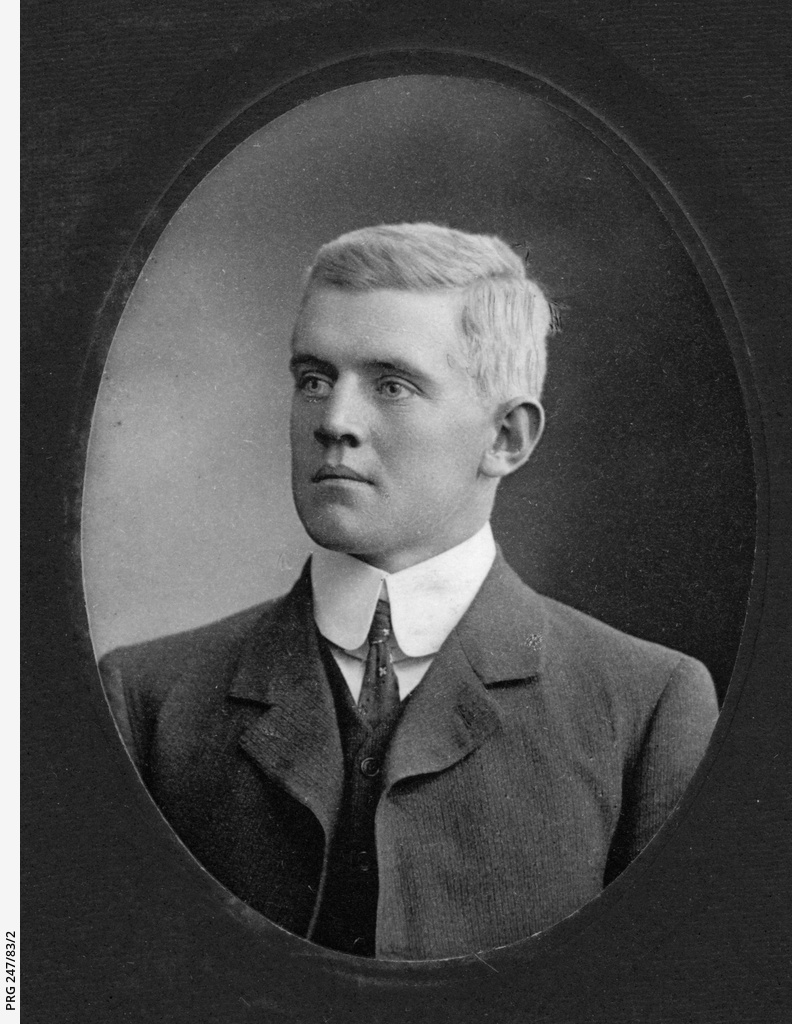|
Edith Agnes Hübbe
Edith Agnes Cook (1859 – 2 April 1942), was in 1876 the first female student at the University of Adelaide, and second principal of the Advanced School for Girls in Adelaide, South Australia. She was later, as Edith Agnes Hübbe, principal of her own school in Knightsbridge, now Leabrook, South Australia, Leabrook. History William Cook (c. 1815 – 18 November 1897) arrived in SA aboard ''Rajasthan'' in 1837; on 1 January 1855 married Janet Whitehead MacNee (c. 1836 – December 1915) on 1 January 1855. They were pioneers of Pinnaroo, South Australia, Pinnaroo, where William and Wilton Hack had established a sheep run, but were forced off it by the drought of 1865–1867; they moved to Kensington, South Australia, Kensington and Golden Grove, South Australia, Golden Grove, then from 1874 to 1884 managed the "Government Farm" (later to become Belair National Park). Cook was born in 1859 near Campbelltown, South Australia; she was educated at Miss Martin's School, conducted by A ... [...More Info...] [...Related Items...] OR: [Wikipedia] [Google] [Baidu] |
University Of Adelaide
The University of Adelaide is a public university, public research university based in Adelaide, South Australia. Established in 1874, it is the third-oldest university in Australia. Its main campus in the Adelaide city centre includes many Sandstone universities, sandstone buildings of historical and architectural significance, such as Bonython Hall. Its royal charter awarded by Queen Victoria in 1881 allowed it to become the University of London, second university in the English-speaking world to confer degrees to women. It Adelaide University, plans to merge with the neighbouring University of South Australia, is adjacent to the Australian Space Agency headquarters on Lot Fourteen and is part of the Adelaide BioMed City research precinct. The university was founded at the former South Australian Society of Arts, Royal South Australian Society of Arts by the Union College and studies were initially conducted at its State Library of South Australia, Institute Building. The soc ... [...More Info...] [...Related Items...] OR: [Wikipedia] [Google] [Baidu] |
John Howard Clark
John Howard Clark (15 January 1830 – 20 May 1878) was editor of '' The South Australian Register'' from 1870 to 1877 and was responsible for its ''Echoes from the Bush'' column and closely associated with its ''Geoffry Crabthorn'' persona. Early years John was born in Birmingham, son of Francis Clark (1799 – 1853), a silversmith also born in Birmingham. Grandfather Thomas Clark ran a school for boys, then a factory. His mother Caroline (1800 – 16 September 1877) was a daughter of mathematician Thomas Wright Hill (24 April 1763 – 13 June 1851), founder of what became Hazelwood School in Birmingham under her brother Rowland Hill (famous for inventing penny postage and important in South Australian history as the Secretary to the Commissioners for the Colonization of South Australia). Her eldest brother, Matthew Davenport Hill, was Recorder of Birmingham, penal reformer and a supporter of Edward Gibbon Wakefield. John was educated at Birmingham and Edgbaston ... [...More Info...] [...Related Items...] OR: [Wikipedia] [Google] [Baidu] |
Rica Hübbe
Edith Ulrica Hübbe (10 October 1885 – 15 August 1967), invariably referred to as Rica Hübbe or Hubbe, was a South Australian medical doctor and teacher. History Samuel Grau "Sam" Hübbe (c. 1848 – 12 September 1900) was the first South Australian commissioned officer to be killed in the Boer War. A practising Unitarian, he was a son of Ulrich Hübbe, who was important in the development of the Torrens Title system of land registration. Edith Agnes Cook (1859 – 2 April 1942) was in 1876 the first female student at the University of Adelaide, and second principal of the Advanced School for Girls. They were married at the Cook home, Norwood, by John Crawford Woods on 3 January 1885. Hübbe was born in Norwood, South Australia, the first child of surveyor and explorer Samuel Grau Hübbe and Edith Agnes Hübbe. Her education culminated in three years at the Advanced School for Girls, where her mother was once Principal, and was a successful student, awarded the Old Scholars' ... [...More Info...] [...Related Items...] OR: [Wikipedia] [Google] [Baidu] |
Torrens Title
Torrens title is a land registration and land transfer system in which a state creates and maintains a register of land holdings, which serves as the Incontrovertible evidence, conclusive evidence (termed "Defeasible reasoning#Political and judicial use, indefeasibility") of Title (property), title of the person recorded on the register as the proprietor (owner), and of all other interests recorded on the register. Ownership of land is transferred by registration of a transfer of title, instead of by the use of deeds. The Registrar provides a Certificate of Title to the new proprietor, which is merely a copy of the related folio of the register. The main benefit of the system is to enhance certainty of title to land and to simplify dealings involving land. Its name derives from Robert Richard Torrens, Sir Robert Richard Torrens (1812–1884), who designed, lobbied for and introduced the private member's bill which was enacted as the ''Real Property Act 1858'' in the History of So ... [...More Info...] [...Related Items...] OR: [Wikipedia] [Google] [Baidu] |
Ulrich Hübbe
Ulrich Hübbe LL.D. (1 June 1805David St Leger Kelly, 'Hübbe, Ulrich (1805–1892)', Australian Dictionary of Biography, National Centre of Biography, Australian National University, http://adb.anu.edu.au/biography/hubbe-ulrich-3808/text6041, published first in hardcopy 1972, accessed online 15 July 2016. – 9 February 1892) was a German immigrant to South Australia, remembered for his part in framing the Real Property Act, which led to the Torrens title system of land registration. History Dr. Hübbe was born in Hamburg in 1805, the third son of Heinrich Hübbe (1771–1847), and was educated at the Johanneum Gymnasium before studying law at Jena, Berlin, and the University of Kiel (then in Denmark), where he was awarded his LL.D. He arrived in South Australia aboard the ''Taglioni'', 350 tons, from London in October 1842, and for a time worked for the South Australian Register before being involved as a land agent. The system of land title deeds which existed from the found ... [...More Info...] [...Related Items...] OR: [Wikipedia] [Google] [Baidu] |
The Journal (Adelaide)
''The News'' was an afternoon daily tabloid newspaper in the city of Adelaide, South Australia, that had its origins in 1869, and ceased circulation in 1992. Through much of the 20th century, ''The Advertiser (Adelaide), The Advertiser'' was Adelaide's morning broadsheet, ''The News'' the afternoon tabloid, with ''Sunday Mail (Adelaide), The Sunday Mail'' covering weekend sport, and ''Messenger Newspapers'' community news. Its former names were ''The Evening Journal'' (1869–1912) and ''The Journal'' (1912–1923), with the Saturday edition called ''The Saturday Journal'' until 1929. History ''The Evening Journal'' ''The News'' began as ''The Evening Journal'', witVol. I No. Iissued on 2 January 1869. From 11 September 1912Vol. XLVI No. 12,906, it was renamed ''The Journal.'' News Corp Australia, News Limited was established in 1923 by James Edward Davidson, when he purchased the Broken Hill, New South Wales, Broken Hill ''The Barrier Miner, Barrier Miner'' and the Port P ... [...More Info...] [...Related Items...] OR: [Wikipedia] [Google] [Baidu] |
Yorick Club (Melbourne)
The Yorick Club was a gentlemen's club in Melbourne, Australia, whose membership consisted originally of men involved in the arts and sciences. It was founded in 1868 and continued in some form into the 1950s and perhaps beyond. History The club began with a series of informal meetings in 1868 held at the office of Frederick William Haddon in Spring Street, Melbourne. Among its earliest members were Marcus Clarke and Hamilton MacKinnon (his literary executor), Adam Lindsay Gordon, James E. Neild, John Shillinglaw and George Arthur Walstab (1834–1909), author of ''Looking Back'' (1864), Julian Thomas ("The Vagabond"), barrister William McKinley, journalist Malcolm Stark, and James Duerdin, who served as secretary. Later members included Henry Kendall, George Gordon McCrae, editor Edward Thomas Fricker and the poet Patrick Moloney (1843–1904). It originally met at King's Cafe in Collins Street, then established clubrooms in the same street above Haigh's tailor's shop, an ... [...More Info...] [...Related Items...] OR: [Wikipedia] [Google] [Baidu] |
The Australasian
The ''Australasian Post'', commonly called the ''Aussie Post'', was Australia's longest-running weekly picture magazine. History and profile Its origins are traceable to Saturday, 3 January 1857, when the first issue of ''Bell's Life in Victoria and Sporting Chronicle'' (probably best known for Tom Wills's famous 1858 Australian rules football letter) was released. The weekly, which was produced by Charles Frederic Somerton in Melbourne, was one of several Bell's Life publications based on the format of '' Bell's Life in London'', a Sydney version having been published since 1845. On 1 October 1864, the weekly newspaper ''The Australasian'' was launched in Melbourne, Victoria by the proprietors of '' The Argus''. It supplanted three unprofitable ''Argus'' publications: ''The Weekly Argus'', ''The Examiner'', and ''The Yeoman'', and contained features of all three. A competitor, ''The Age'', gloated that as it was printed on coarse heavy paper, its weight exceeded the maximum f ... [...More Info...] [...Related Items...] OR: [Wikipedia] [Google] [Baidu] |
South Australian Register
''The Register'', originally the ''South Australian Gazette and Colonial Register'', and later ''South Australian Register,'' was South Australia's first newspaper. It was first published in London in June 1836, moved to Adelaide in 1837, and folded into '' The Advertiser'' almost a century later in February 1931. The newspaper was the sole primary source for almost all information about the settlement and early history of South Australia. It documented shipping schedules, legal history and court records at a time when official records were not kept. According to the National Library of Australia, its pages contain "one hundred years of births, deaths, marriages, crime, building history, the establishment of towns and businesses, political and social comment". All issues are freely available online, via Trove. History ''The Register'' was conceived by Robert Thomas, a law stationer, who had purchased for his family of land in the proposed South Australian province after ... [...More Info...] [...Related Items...] OR: [Wikipedia] [Google] [Baidu] |
St Peter's College, Adelaide
St Peter's College (officially The Anglican Church of Australia Collegiate School of Saint Peter, but commonly known as Saints) is an Private school, independent Anglican Church of Australia, Anglican Primary school, primary and Secondary school, secondary Day school, day and Boarding school, boarding school for Single-sex education, boys located in Adelaide, South Australia, Australia. It was founded in 1847 by members of the Anglican Church of Australia. Three campuses are located on the Hackney Road site near the Adelaide Park Lands, Adelaide Parklands in Hackney, South Australia, Hackney. The Senior School (Year 7–Year 12) comprises the bulk of the grounds and most of the historic buildings. To the south of the site are the Junior School (years Year 3, 3–Year 6, 6) and Palm House (Kindergarten, Reception to Year 2). The college also owns an outdoor education campus in Finniss, South Australia, Finniss, near Lake Alexandrina (South Australia), Lake Alexandrina. The school ... [...More Info...] [...Related Items...] OR: [Wikipedia] [Google] [Baidu] |
Adelaide Educational Institution
Adelaide Educational Institution was a privately run non-sectarian academy for boys in Adelaide founded in 1852 by John Lorenzo Young.B. K. Hyams'Young, John Lorenzo (1826–1881)' ''Australian Dictionary of Biography'', Volume 6, Melbourne University Press, 1976, pp. 457–458 The school closed when he retired in 1880. By this time Prince Alfred College had emerged as a suitable school for well-to-do Protestants to send their sons. History In 1852 Young opened a school with two, then three pupils (Hubert Giles, Caleb Peacock and John Partridge) in the "Peacock Chapel"Old Schools ''The Register'' 18 August 1926 p.19 accessed 3 July 2011 lent by Mr Peacock [...More Info...] [...Related Items...] OR: [Wikipedia] [Google] [Baidu] |
Essington Lewis
Essington Lewis (13 January 18812 October 1961) was an Australian industrialist. He was the Director-General of the Department of Munitions during World War II. Biography Early life Essington Lewis was born in Burra, South Australia on 13 January 1881. His father was the pastoralist and politician John Lewis (1844–1923), founder of Bagot, Shakes & Lewis. He was named after Port Essington, where his father owned a cattle property. He was educated at St Peter's College, Adelaide and the South Australian School of Mines. Career After joining BHP in 1904, he rose through the company ranks to become managing director in 1926 and chairman in 1950, a position he held until his death in 1961. For the whole of his period as M.D., he had a close working relationship and personal friendship with Chairman of Directors Harold Gordon Darling (1885–1950). During his travels to Germany and Japan in the 1930s, he realised the threat of these countries to Australia. Accordingly, he help ... [...More Info...] [...Related Items...] OR: [Wikipedia] [Google] [Baidu] |






